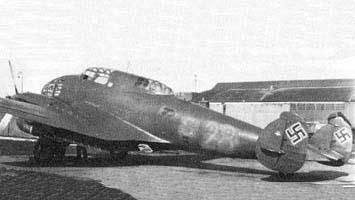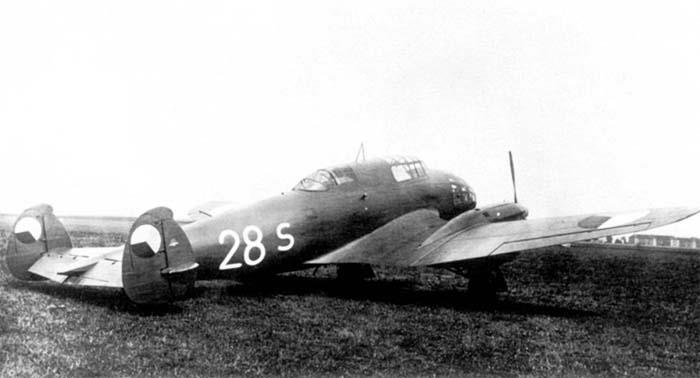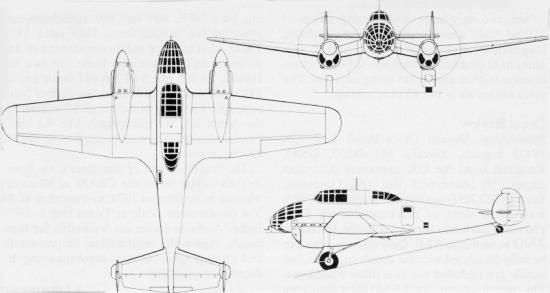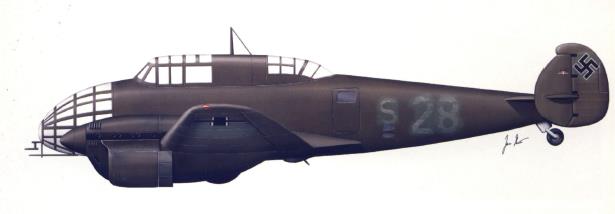| Type | 3-seat light bomber |
| Engine | 2 Avia (Hispano-Suiza) 12Ydrs |
| Dimensions | Length 12,0 m , height 5,20 m , span 16,0 m , wing area 43,0 m2 , |
| Weights | Empty 4300 kg, loaded 6600 kg , max. take off weight 7260 kg |
| Performance | Max.. speed 435 km/h, cruising speed 365 km/h , range 1100 km, endurance , service ceiling 8500 m , climb 7,0 m/sec. |
| Armament | 3 7.92 mm vz.30 (Česká zbrojovka Strakonice) machine guns in nose, dorsal and ventral positions Bombs: 1,000 kg (2,200 lb |
| Type | Werk.Nr | Registration | History |
| In the summer of 1940 It got German markings and was ferried to the test center at Rechlin, where it conducted a series of test flights. As the bomber showed mediocre flight data testing it soon ended in 1940 and scrapped |




